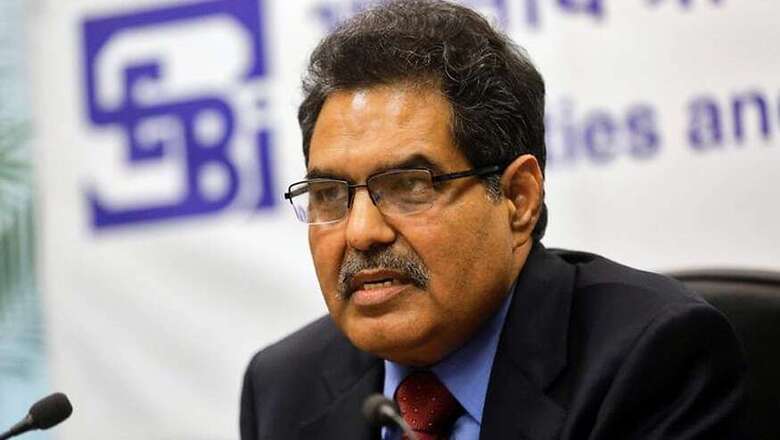
views
Mumbai: Sebi is acquiring capabilities to monitor and analyse social media posts to keep a tab on possible market manipulations, its Chairman Ajay Tyagi said on Thursday.
He said the capabilities will involve use of artificial intelligence, machine learning , big data analytics and natural language processing tools to spot market manipulation.
The new plan involves creating a "data lake" project to augment analytical capabilities, he said while speaking at the Speaking at the National Institute of Securities Markets at Patalganga near here.
In efforts to curb possible manipulations in the securities market, Sebi has been keeping a watch on social media and there have been cases where social media posts have helped in acting against manipulative activities.
"Catching malpractices in the market using the standard tools that analyse only structured data of price and volume is increasingly getting difficult," Tyagi said.
"We want to acquire technology and unstructure data analysis because the structured data analysis is not helping much, manipulators use all sort of things," he noted.
A tender has also been floated for acquiring the technology.
Even in the absence of such a focused tool, Tyagi said Sebi already has capabilities, wherein it screens social media posts after corporate announcements and the changes in price and volumes of a scrip.
The Sebi chief said application of AI (Artificial Intelligence) and ML (Machine Learning) tools has the potential to bring a paradigm shift in the securities market landscape, adding that blockchain can be used in clearing and settlement activities.
AI/ML tools are being increasingly deployed in fund management, trading, supervision and surveillance functions in the capital markets, he added.
Further, Tyagi said there is a need for the technologists to invest time in research in these tools for applications in the capital markets.
Systemic risks are becoming important objectives for financial regulators, Tyagi said, explaining that this requires identification and monitoring of important financial institutions, leverage, inter-connectedness, risk concentrations and market sentiment.




















Comments
0 comment